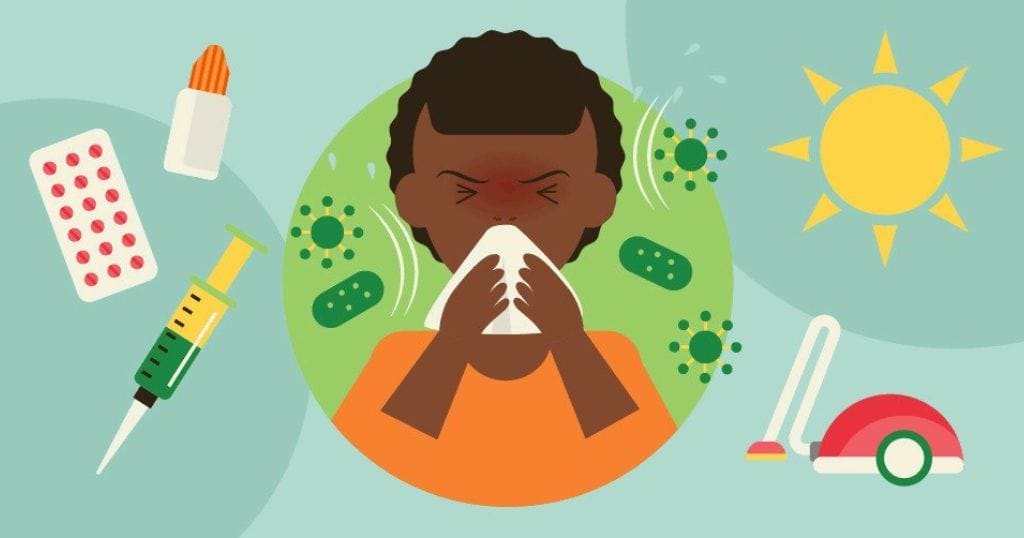By Rhian Dalgord
With School Starting, It’s Important to Know the Difference
With the school year upon us, chances are good that children will be exposed to both influenza and norovirus over the next several months. It’s easy to confuse the two illnesses, but they are not the same.
“The biggest difference between the two is that influenza is a respiratory virus, whereas norovirus is more of a virus that presents with stomach-like symptoms,” says Rhian Dalgord, a family practice practitioner for OSF HealthCare.
There are two types of influenza (flu) viruses – types A and B. The flu is a respiratory illness that impacts the nose, throat and lungs. Symptoms include body aches, fever, chills, cough, sore throat and runny nose and congestion.
Norovirus is commonly known as the stomach flu, but isn’t really a flu at all. It typically spreads quickly from infected people or through contaminated food. Symptoms of stomach flu include nausea, vomiting, diarrhea and abdominal pain.
But it’s not just school-aged children who battle these illnesses this time of the year.
“Everyone can be impacted by both of these because of the transmission rate. So we do see that it is very contagious,” says Dalgord. “Oftentimes, we’ll see a peak in the community, and then it spreads. For example, a child comes home with it from school; then grandmother watches them on the weekend, the grandmother gets it and then spreads it to her friends.”
Whether it’s influenza or norovirus, Dalgord offers several recommendations for nursing yourself back to good health. But if you see blood in your vomit or stool, experience dehydration, a fever of 100.4 degrees or higher, or vomiting that lasts longer than 48 hours, seek medical help immediately.
“With any illness, things can get serious and scary, but oftentimes influenza and norovirus can be managed comfortably at home., says Dalgord. “Things that you can do for influenza are over-the-counter therapies such as Tylenol and ibuprofen as long as you can tolerate them. Rest and stay well hydrated. For norovirus, frequent sips of room temperature liquids, bland diet, and making sure that you’re staying well hydrated are the most important things.”
The Centers for Disease Control and Prevention (CDC) estimates that from October 1, 2021 through June 11, 2022, there have been between eight million and 13 million flu illnesses in the country.
But if the surge in flu cases in Australia is any indication, we could be in for a rough few months. Flu season in Australia began earlier than usual, which is usually an indicator of a bad season in the U.S.
The American flu season takes place in the fall and winter. While influenza viruses spread throughout the year, most flu activity peaks between December and February. Dalgord recommends getting the influenza vaccine several weeks before the start of the peak season. And if you are concerned about COVID, Dalgord suggests taking an at-home test and staying home if you aren’t feeling well.
“When we look at vaccines, we’re looking at preventative medicine, which in my opinion is the foundation of health care,” says Dalgord. “We really want to prevent disease and not be responsive to when someone is ill. So I encourage everyone to get vaccinated. The science of vaccination is very old, well-studied science, and I think there is value in being immunized for influenza.”
In the meantime, wash your hands frequently, avoid close contact with people with respiratory infections, don’t share drinks or personal items and keep surfaces clean. Dalgord says these few simple steps, in addition to vaccination, can go a long way to staying healthy this fall.
For more information, visit OSF HealthCare.
This article originally appeared on OSF Healthcare






